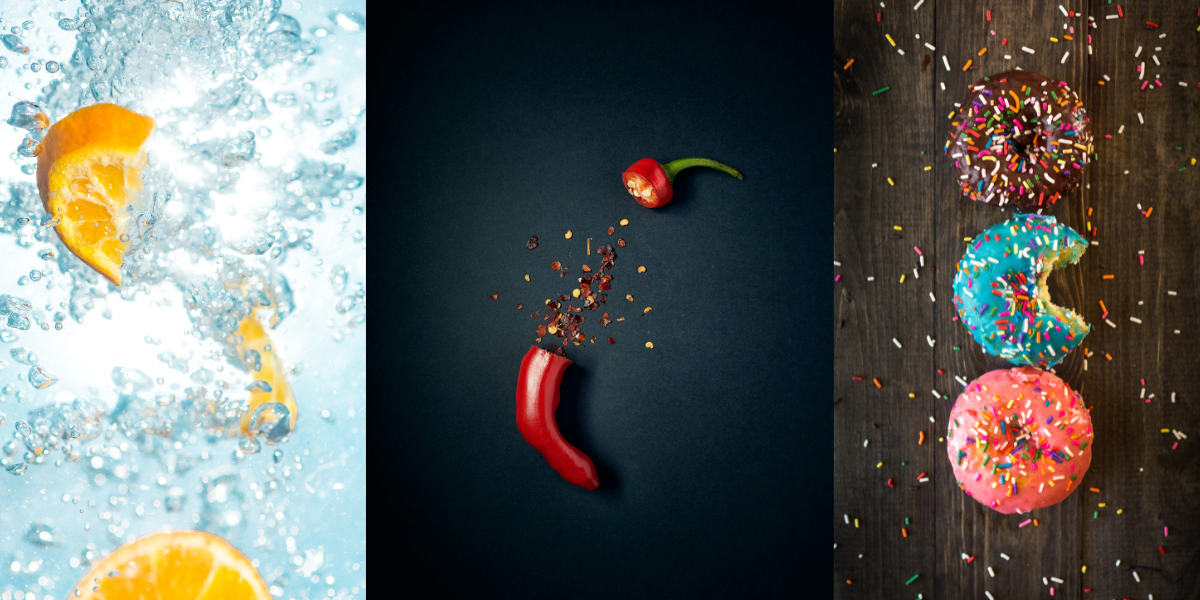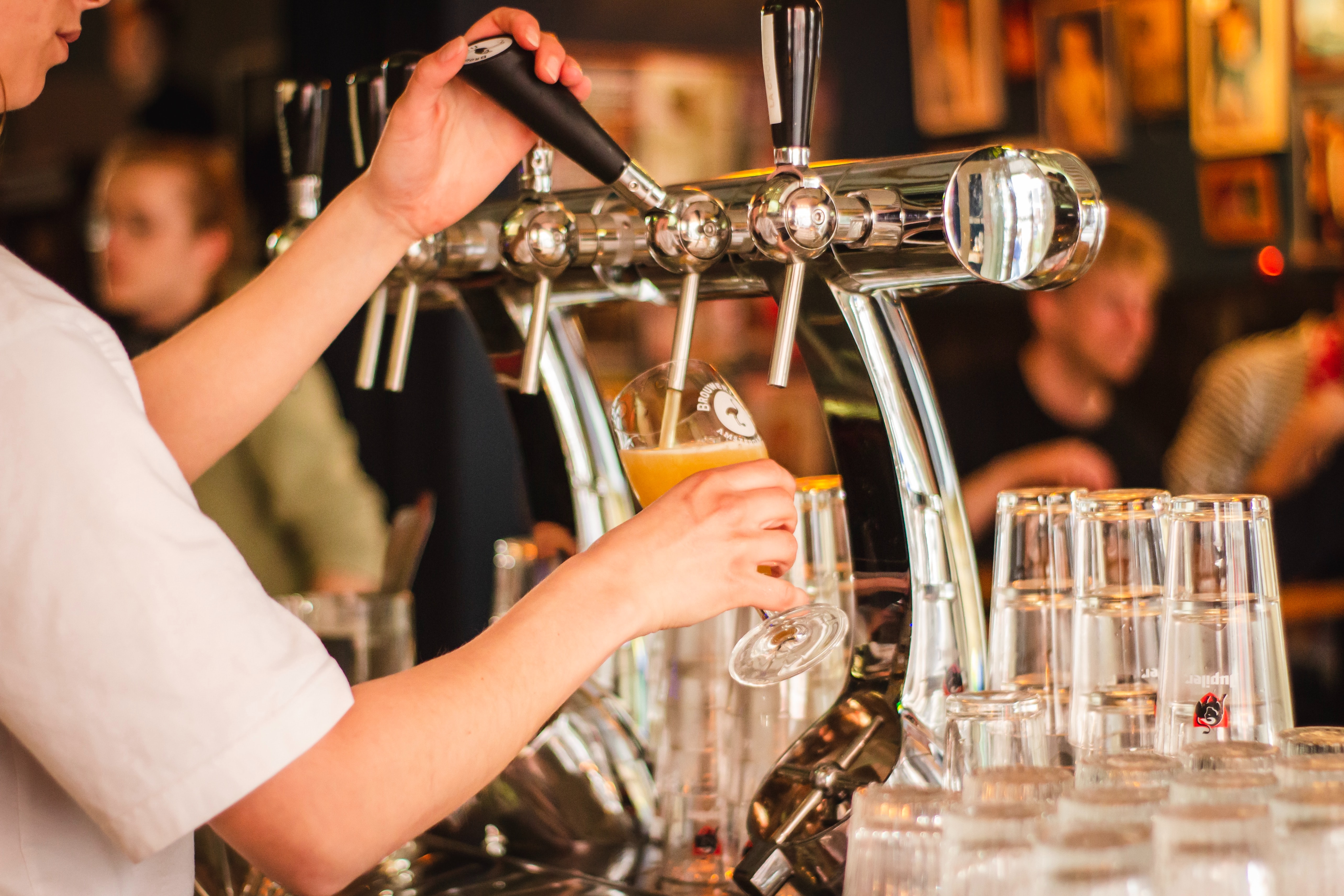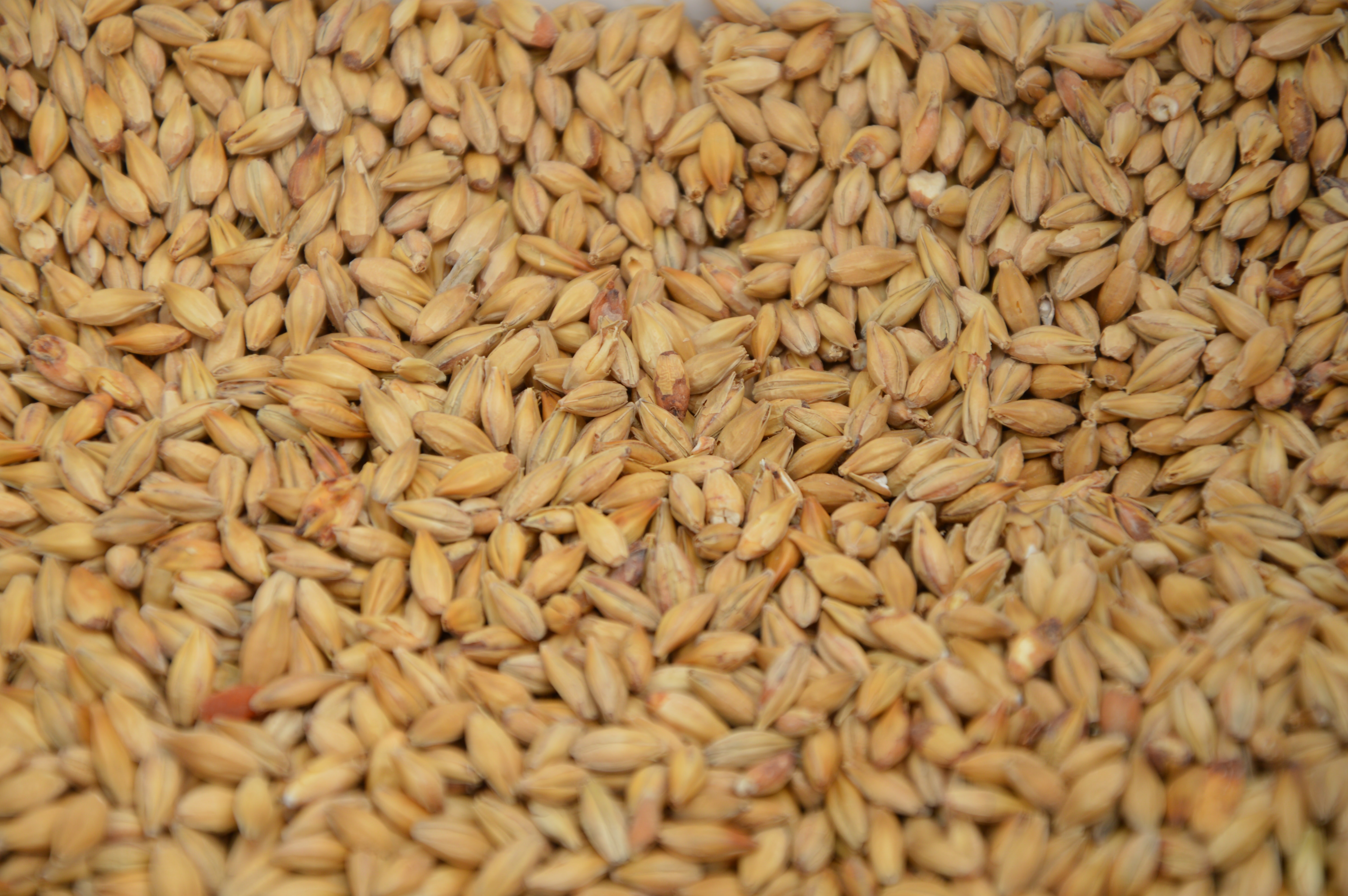The No So Big - The Other Beer Ingredients
04 Jun 2022
Ever wanted to know more about what’s in your beer? This series dips into the ingredients that make beer what it is, and what each one brings to the table.
_________________________
In the introduction to this series on beer ingredients, I said that most beer only contains four key ingredients: water, malt, hops and yeast. Now at the conclusion to the series, I’m going to share some of the exceptions to the rule.
There’s a whole world of extra ingredients that brewers can throw in the mix, from the traditional to the truly experimental. Here are some of the most common categories of other ingredients, as well as a couple of wild cards.
Alternative grains
‘Malt’ is shorthand for ‘malted grains’, and most often in beer that’s ‘malted barley’. But barley isn’t the only grain brewers can use. There’s a large contingent of traditional wheat beers, from the sweet hefeweizen to the sour Berliner weisse. The corn used alongside barley in Aether’s Mexican lager, El Jefe, adds an element of sweet, grainy interest to an otherwise clean-tasting beer. The rice in Land & Sea’s Japanese Rice Lager adds alcohol without adding extra residual sugar, making for an extremely crisp finish.
Fruit
People have been adding fruit to booze since before they were writing down the recipes, so don’t go thinking fruited beer is something new and novel. Belgian lambics with cherries and raspberries have been around since the 13th century.
These days, craft brewers love to play with adding fruit: a little, or a lot; chopped, juiced or pureed; near the start or near the end of the brewing process. It all depends on what the brewer is going for in terms of flavour. Tart or sweet? Fresh or infused? And of course, fruits can add brilliant and sometimes unexpected colour.
Want to ease your way into the world of fruity beers? Go for something easy drinking and more traditional-leaning like Dolly Aldrin Berliner Weisse from Yulli’s Brews, a fresh take on a well-established sour style with the addition of summery honeydew melon juice. Ready to feel like you’ve been punched in the mouth with a punnet of fruit? Step boldly into a mind-bendingly purple Witching Hour Blackberry Sour.
Sugars
When it comes to sugars in beer, there are two basic types: fermentable and unfermentable.
Fermentable sugars ferment into alcohol; fructose, dextrose (from corn) and sucrose (from sugar cane) are all 100%fermentable, meaning brewers can use them to boost a beer’s ABV without adding extra body or sweetness.
Unfermentable sugars, well, don’t ferment into alcohol. This means they stay in the beer, adding sweetness and body. Lactose is an unfermentable sugar derived from milk. You used to only find lactose in milk stouts, but now craft brewers use it in all kinds of beers. Dessert sours and dessert stouts, ‘pastry’ stouts, oat cream IPAs and milkshake IPAs are all very different but all share a creamy, sweet character that comes from the addition of lactose. These beers are often inspired by dessert items, with names that’d seem at home on a patisserie menu. Explore what a lactose beer can do with Mash Brewing’s Lemon Lime Cheesecake IPA, heaped with lactose, vanilla bean and citrus zest.
Spices and other seasonings
Some beer ingredients fall into a category that could be thought of as ‘seasonings’.
On the traditional side, Belgian witbier is always spiced, typically with coriander seed and orange peel. German gose uses coriander seed paired with salt to give this style its distinctive, moreish character. (Gose is also unusual in that it doesn’t contain hops!)
Building on tradition, craft brewers are spicing up their beers with all kinds of food-inspired flavours. Coffee, cocoa and vanilla are frequently added to dark malty beers like imperial stouts and porters. Chilli is seen paired with chocolate and cinnamon for spicy Mexican stouts, or added to ginger beer to intensify the heat.
For a spiced-up beer that’s fresh and not too intimidating, try Frexi’s Southern Sour. Emulating the flavours of Louisiana cuisine, it’s a juicy watermelon sour with habanero chillies that bring a heated finish.
Other Stuff
The only real limit to what can go in a beer is the brewer’s imagination and inspiration (and sometimes, their stomach!). I’ve seen beers made with oysters, earl grey tea, Christmas puddings, croissants, seawater, volcanic rocks, and even whole chicken carcasses. If you can dream of a flavour, somebody somewhere has probably put it in a beer.
















